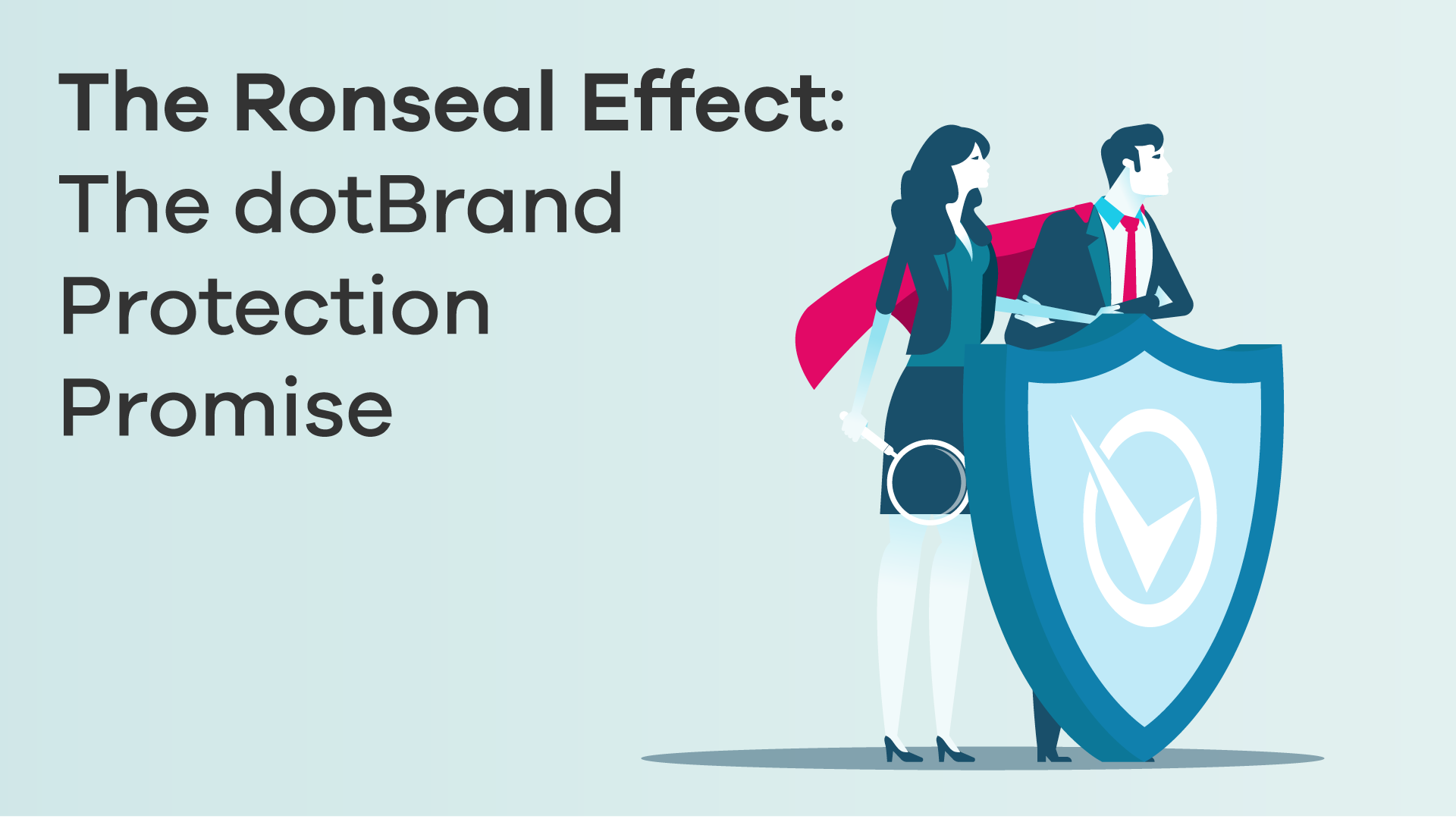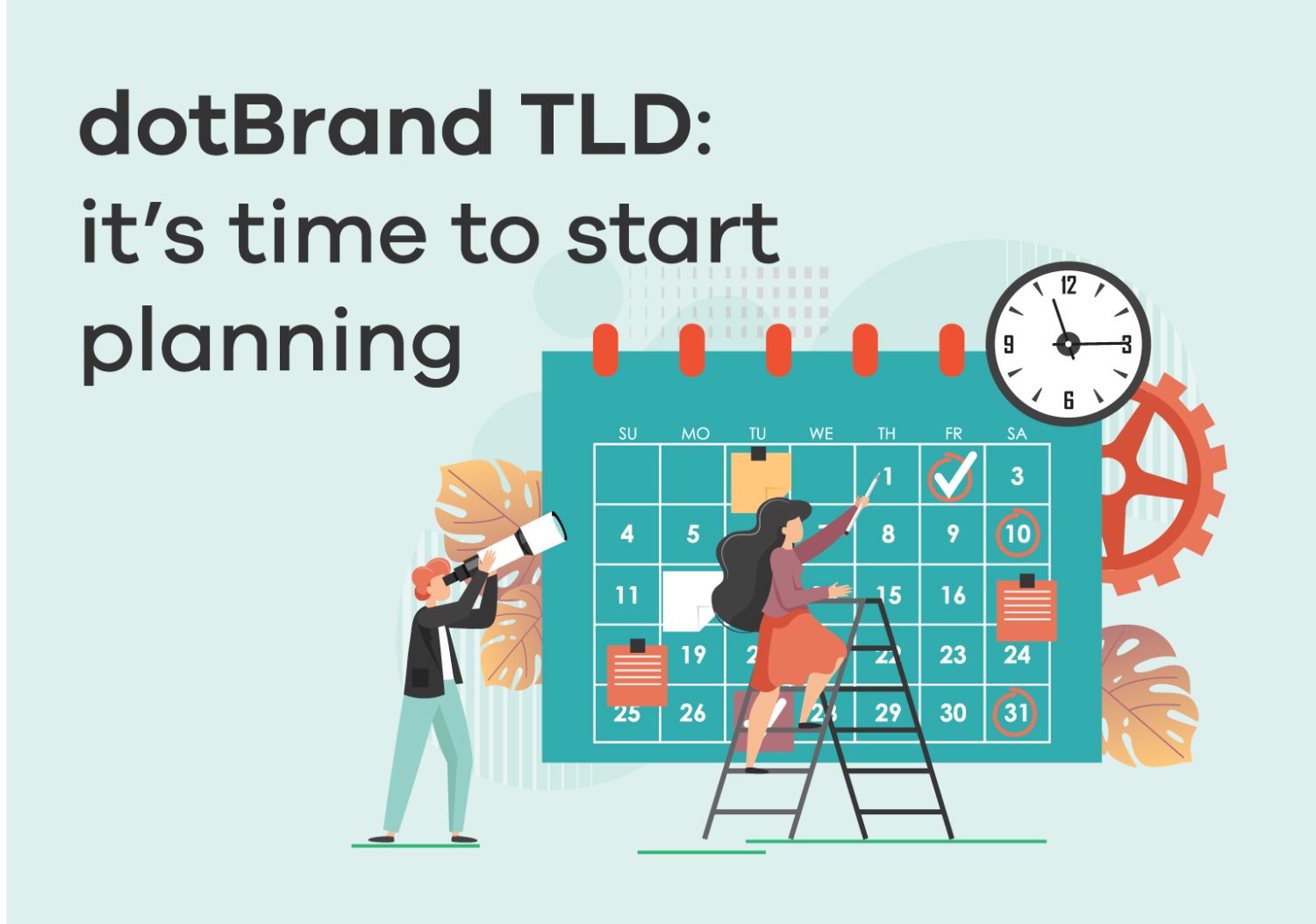
The Ronseal Effect – The dotBrand Protection promise
There have been few better, enduring, or effective marketing campaigns, based on a single sentence, as British paint and preservative company, Ronseal’s “Does exactly what it says on the tin”. Created by brand agency HHCL in 1994, it is now a trademarked phrase and is still used in the company’s messaging. Imitation is the greatest form of flattery, and many other brands have sailed close to the proverbial intellectual property wind by using a similar slogan, simply because it is so effective in getting a basic, but compelling message across. What still remains clear today, as it did almost thirty years ago, is that the Ronseal brand messaging is as loud and clear as ever, even if the medium has changed.
Our relationships with brands in the digital age has made a fundamental shift from offline channels to online virtual environments which requires the development and ongoing protection of trust. Thirty years ago, we could for the most part recognise our brand interactions as they were tangible. We shopped in bricks and mortar stores almost exclusively where we could touch actual products, and consumer trust was based on the perception of the brand and the value we gained from their products.
The Internet boom that started 25 years ago was driven in part by a new, technology savvy generation – Millennials. They saw the opportunities to embrace new technologies and develop the digital economy that is today worth more than £400 million a day in the United Kingdom alone, with the next generation, Gen-Z fuelling the use of smart devices and always on communication applications.
Whilst many of our interactions with brands today take part through apps on digital devices, domain name registrations and web access continue to grow, primarily because for every new application that is launched, there somewhere needs to be a domain name. There has never been as many domain names registered as there has today – over 356 million at the last count, according to Verisign’s quarterly Domain Name Industry Brief, and with another tipping point in the digital world coming around the corner soon in the form of a second new gTLD application round, that number will continue to grow for the foreseeable future.
With great power comes great responsibility, is a famous line from Stan Lee’s Spider-Man films, which is also a very relevant value statement for brand holders in the digital world. Organisations spend significant amounts of money on protecting their digital and intangible assets, waging an ongoing war with the serial infringers across multiple online and offline channels. Technology provides the poison and the antidote to brand abuse.
For any brand holder, the ultimate goal for any digital strategy has to be finding the perfect balance between risk and reward. It is simply not practical, or affordable, to register every combination of keyword and top-level domain. Using brand protection solutions can provide defensive intelligence combined with proactive enforcement actions but again that approach comes at a cost.
The ultimate digital goal for most brand holders is to provide a trusted online, zero-abuse name space for their clients and prospects, whilst taking advantage of the opportunity technology continues to present. Multiple stakeholders in every organisations will have their own objectives related to customer reach and engagement, revenues, reputation, security, and compliance. Fortunately, there is an opportunity coming around the corner that could meet all of those objectives and goals, especially those related to providing the zero-abuse name space.
The path to the next round of ICANN’s new gTLD programme has opened ahead of us and many organisations are already starting their preparation for their own dotBrand TLD application. Whilst there are a number of compelling reasons and innovative usage scenarios that are being developed by applicants for their potential dotBrand strings, one key benefit of owning and operating a dotBrand is that it provides a secure, trusted communication medium.
Because each dotBrand TLD owner controls the registration process for each and every domain they register and use, anyone engaging with the brand, whether that be through visiting a website, sending, and receiving emails or using an app, can be sure that they are communicating with the genuine brand. In effect, using a dotBrand ensures secure and trusted communication between a brand holder and the wider online community.
Whilst the second round of the gTLD programme will see a number of applicants develop new and innovative usage scenarios for their own slice of the Internet, many will simply want to protect their brand. However, by doing so, they also have the opportunity to create a secure, trusted space for interactions with all stakeholders, or in other words, demonstrating the Ronseal Effect – the dotBrand ‘does what it says on the tin’.

Can I apply for a dotBrand?
It’s time to start planning for the opportunity to join an exclusive group of Internet pioneers.